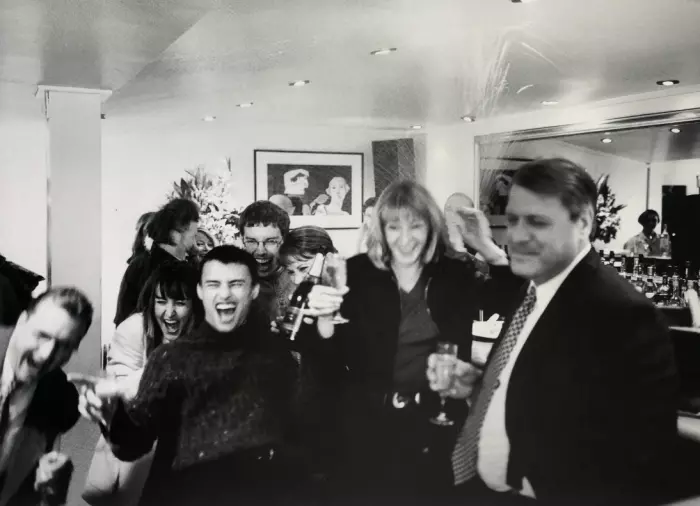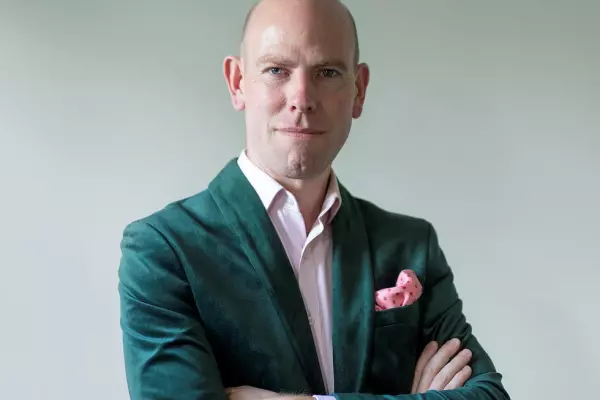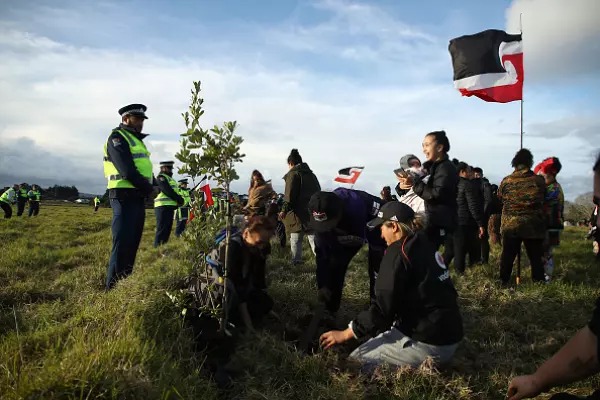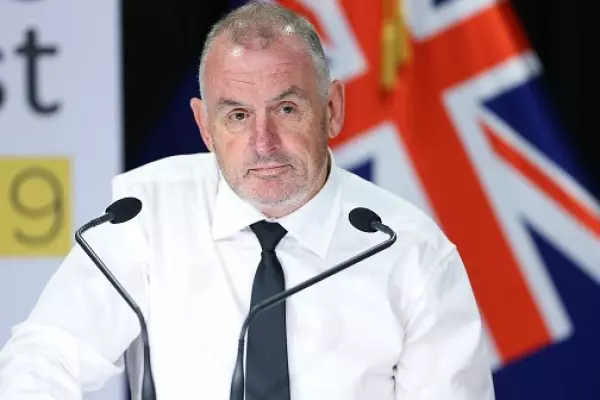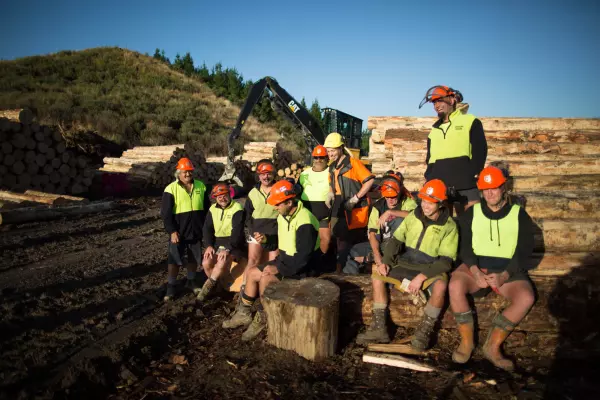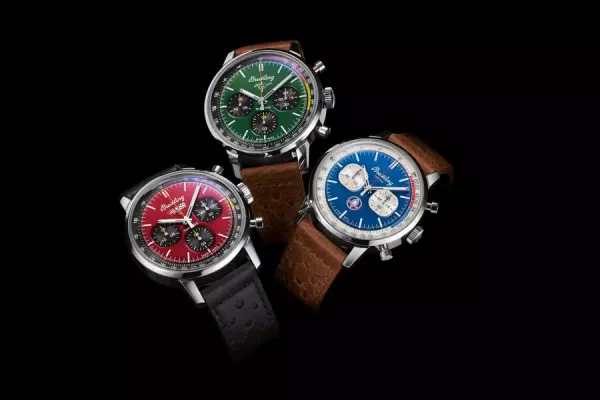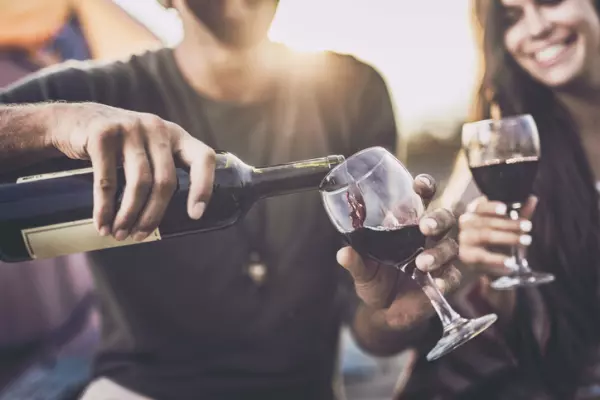The classic long lunch began around one in the afternoon and ended… well, if you could remember when, it probably wasn’t long enough.
It’s generally agreed that the 1980s, in particular, were the golden age of languorous lunching. Most of those who were there – and some of them are still there – say the combination of liberalised licensing laws and sudden injections of cash drove the phenomenon.
Long lunches can be divided into two eras: before the 1987 sharemarket crash and after it.
Billy Boyd, who has been involved in a few bars and restaurants and still owns the building that houses Auckland’s Empire Hotel, recalls “a frenetic upsurge before ’87 because people had so much money and they were desperate to spend it”.
Not that things ground to a total halt the day after the crash on Oct 20 that year, “Black Tuesday”. “It didn’t stop,” says Boyd, “because people were drowning their sorrows.”
So, the losers partied on, but a good party needs a good host, and the hospitable personalities who ran things in the 80s and after played a large part in the success of the long lunch.
“Party animals require a good vibe and can’t abide a po-faced, disapproving maître d’ or owner,” says Judith Baragwanath (Clichy, VBG, the French Café). “The owners were creaming it, after all, so why would they even frown at such frivolity – a frivolity which was infectious and invariably included other diners and members of staff pulling up a chair. In hindsight, it was all rather marvellous.”
And fun for the hosts as well. Barrington Salter (the French Café, Salters) recalls pulling up a chair next to Joni Mitchell and being captivated by her conversation for an afternoon when the Canadian singer-songwriter stopped in for lunch while here on a concert tour.
He knew that personality plus perks was a winning formula. And not just a free flat white at the end of the meal.
“At the French Café we would give people a nice bottle of wine or something complimentary, just to show we appreciated their business,” says Salter. If someone was spending thousands a month, we might say: bring your wife in some time and we will give you a great table and look after you.”
 Judith Baragwanath in the 1980s.
Judith Baragwanath in the 1980s.Alongside generosity, an important personality trait was the host’s attitude, says Judith Tabron (Ramses, Soul). “I like fun and like to create those environments and like it a little bit on the edge.”
Anne Thorp (White Heron, SPQR, TV’s Kai Ora) puts it in the context of manaakitanga: “People loved the warmth – and being looked after and made to feel special. At SPQR in the 90s, there was always a crowd, and lunches there were classic. On a Sunday, the drag queens and friends and others would come in for lunch after a hard night and the place would explode into a frenzy of fun, laughter and joy. Dancing on the tables and the bar was normal.”
But what about all the debauchery? Opinions are divided. Dalliances there were, certainly. “At the Regent of Auckland not long after it first opened,” recalls Thorp, “I worked on the front desk and was privy to seeing couples checking in in the late afternoon after a long lunch.”
“There were no drugs when we were in the hospitality business,” says Boyd.
According to Salter, on the other hand, there was consumption of “a fair bit of Colombian marching powder [cocaine] in the toilet, but it was all good humoured”.
“People were just having fun; there was no bad stuff going on. No falling down drunk. They would drink an awful lot, but we made sure there was food in the afternoon – a cheese platter or whatever.”
A restaurant that couldn’t handle its more rumbustious clients wasn’t going to be much fun for anyone else. “It takes a lot of management to keep a table in shape,” says Tabron. “When new shifts come in, waiters have to make sure bills are settled. We would leave a cloth on the table so everybody in the restaurant knew the tables to watch that had been there a long time. They were being watched and managed. There would be water on the table.”
There is, however, only so much a responsible host can do. “On the whole, pissed people in a restaurant environment were pretty manageable,” says Baragwanath.
“I do, however, remember one incident at the French Café. This was before mobile phones, and a very horsey-looking matron in pearls and a tweed skirt used the company phone located beside the reception desk. Imagine our surprise when, sturdy legs splayed, she started emptying her bladder loudly onto the linoleum floor and into her sensible brogues! Conversation over and pee complete, she stepped out of the puddle and casually squelched back to her table and guests without a word, a glance or a qualm.”
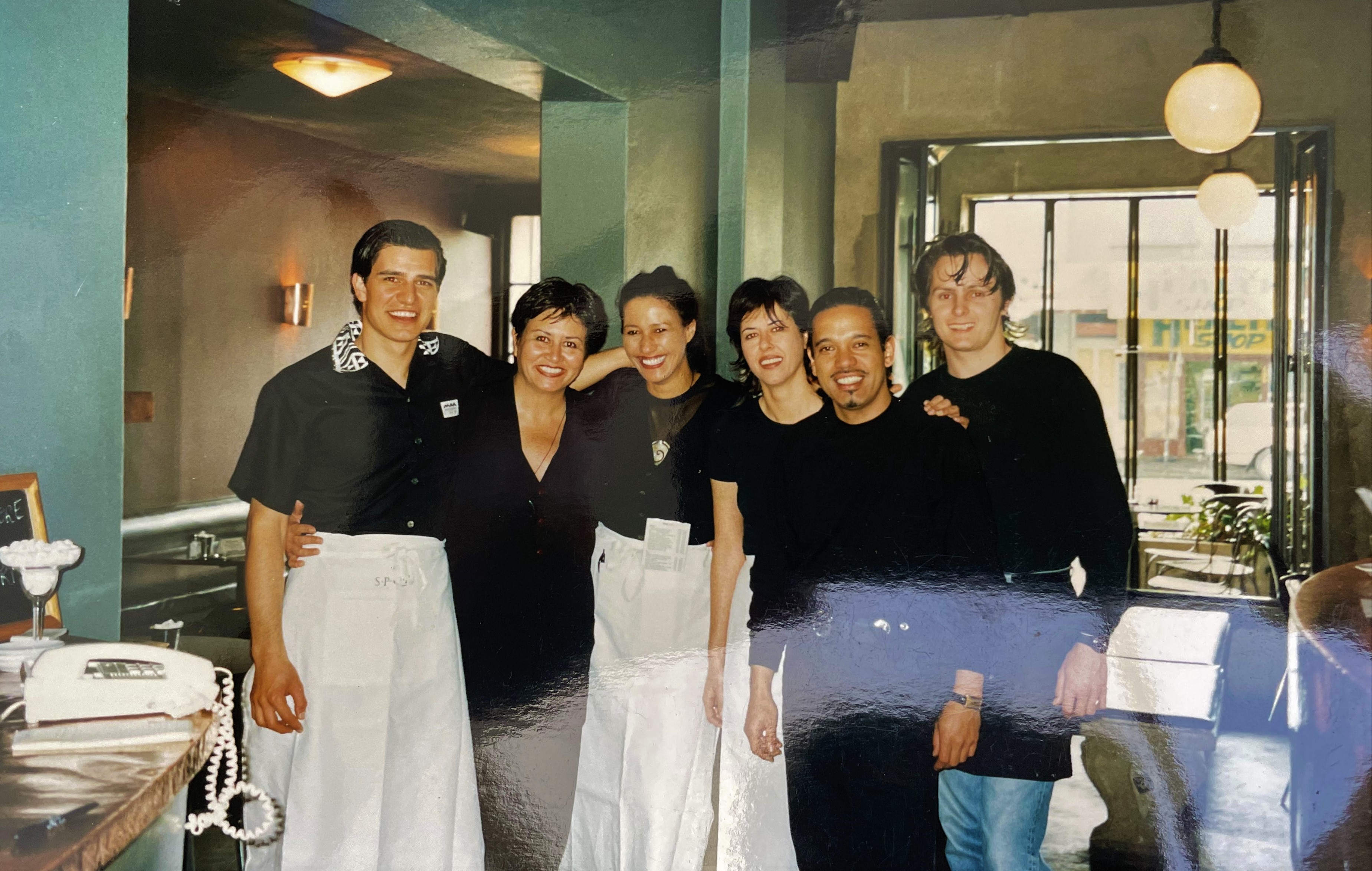 SPQR's Sam Cruickshank, Anne Thorp, Marlene Palmer, Anne Moore, Chris Rupe and Kevin Fraser.
SPQR's Sam Cruickshank, Anne Thorp, Marlene Palmer, Anne Moore, Chris Rupe and Kevin Fraser.
As well as leading innovation in alternatives to the traditional toilet, the long lunch served two main professional purposes: celebrating and wooing. Many long lunches were exercises in self-congratulation on completing a business deal; others were crucial strategies in securing such contracts.
Salter explains the economics: “Sometimes, people used their own money, but I think most of it was company money. Two of the main groups of clients were advertising agencies and music companies. They appeared to have endless budgets.
“We ran accounts for big corporate clients. They were usually the ones who stayed on for several hours in the afternoon. But lunch with clients was work: if you were teeing up a multimillion-dollar deal, it was reasonable to spend five thousand on lunch.
“Frequently, we would take more after lunch with alcohol sales than with the actual lunch service. People were drinking top-of-the-range stuff – Bollinger, Cristal, Dom Pérignon, bottles of 30-year-old port; Hennessy XO bottles were left on the table.”
Key players could make a great lunch happen. Any restaurateur would be happy to see TV producer Neil Roberts or broadcaster Paul Holmes turn up in the early afternoon with a group. They were magnets.
Location, location, libation was the golden rule. If your hostelry happened to be anywhere near the likes of TVNZ, production house Communicado or MediaWorks predecessor TV3, you had a head start on the competition. “Even when TV3 were in receivership, they were massive lunchers,” says Tabron.
You didn’t have to be an entrepreneur to benefit. Radio host and enthusiastic luncher Kerre McIvor describes the meals she shared with senior members of her profession as “like an open university. I was 20 and these people knew so much more about everything. I took it all in. I also learnt you had to be funny, quick or clever or the talking stick gets taken from you. Lunch was a good place to get noticed.” And to develop the skills a talkback host needs.
It’s a tradition McIvor has tried to maintain: “When I started in my morning radio slot, I wanted to take the newsroom out for lunch because they’d never had it. Everything is so serious and thin-lipped these days and there isn’t the time. So, before I started, we had this lovely long lunch from 12 till the husbands came to pick up their wives, and vice versa.”
Is it really all over? Again, opinion is divided. Baragwanath: “I think the long lunch is dead, buried and cremated, all because of the mobile phone. You can’t skive off and disappear for a day, or even a ‘lost weekend’ for that matter. People with phones are on call and tracked and traced 24/7. It’s the pits. When a ‘phonie’ gets a ping and slips away from the table to take a call, rest assured that’s the beginning of the end – the death knell. A total buzz-kill.
“But, having said that, perhaps in a romantic vineyard setting, on Waiheke, for instance, at a long table, on a lazy day, just quietly, the long lunch lives on.”
With somewhat Olympian perspective, Tabron sees the lunches rising and falling in cycles like empires. “Each era has its own group of lunchers, depending on who has the most money at that time. Property development was big before the ’87 crash. Sails restaurant was turning over 60 thousand a week, every week. Overnight, it went to 30 to 35 thousand. The lunching thing didn’t come back till ’91. People lunching in between would have been the media people. Then property was going crazy again, and the same thing happened in 2009 with the GFC. But bankers have been consistently good lunchers. And after the earthquakes, insurance companies were massive.”
These days, Thorp has taken it inside. “For myself, I favour the long lunch at home. I like to cook. I like being able to fetch and gather and manaaki people, going to look at the food and gathering the freshest and the best from all corners of the city. And set a nice table. And invite friends for lunch. And behind closed doors you can do things without prying eyes and it could go on for hours.”
 The staff at Sails. Photo: Sherry Roberts.
The staff at Sails. Photo: Sherry Roberts.
Closing time
 The staff at Sails. Photo: Sherry Roberts.
The staff at Sails. Photo: Sherry Roberts.
Closing time
They may dispute aspects of the long-lunch experience, but everyone spoken to for this story agreed about one thing: drinking and driving was what you did back then. “It wasn’t frowned upon,” says Barrington Salter. “It was almost like a badge of honour. People would say, ‘I got stopped by a traffic checkpoint last night but managed to get through it.’”
“Sails was full for lunch and dinner every single day and it had plenty of parking,” says Judith Tabron. “The punters ate, drank, sometimes excessively and drove their cars home.”
At the White Heron, Anne Thorp recalls, “punters would arrive at 12 and still be there at five or six or when the bar shut. Being drunk and merry in those days was normal, and then they would drive off. No one thought twice about it.”
Where are they now?
Judith Baragwanath
Baragwanath moved to Waiheke Island in 1994. She reads, writes and lives in decaying splendour.
Billy Boyd
Boyd continues to manage his property investments, but finds himself in a state of covid limbo and has missed going to his house in London, where he normally spends time every year.
Kerre McIvor
McIvor is a bestselling author, magazine columnist and host of Newstalk ZB’s Kerre McIvor Mornings.
Barrington Salter
Salter lives in Sydney, and transitioned to working as an Excel developer and data analyst after an accident which caused him to lose his sense of taste and smell. After a lifetime of excess, he quit drinking eight years ago and leads a healthier and more simple life.
Judith Tabron
Tabron’s status is on covid-19 hold. With the hospitality industry hit hard by the pandemic, she is waiting for less uncertainty and volatility in the market before making her next step.
Anne Thorp
Thorp divides her time between homes in Auckland and Pakiri Beach, 66km north of the CBD, where she continues to entertain and manaaki friends and others who come for a cultural beachy experience and feasting on the freshest and the best.


